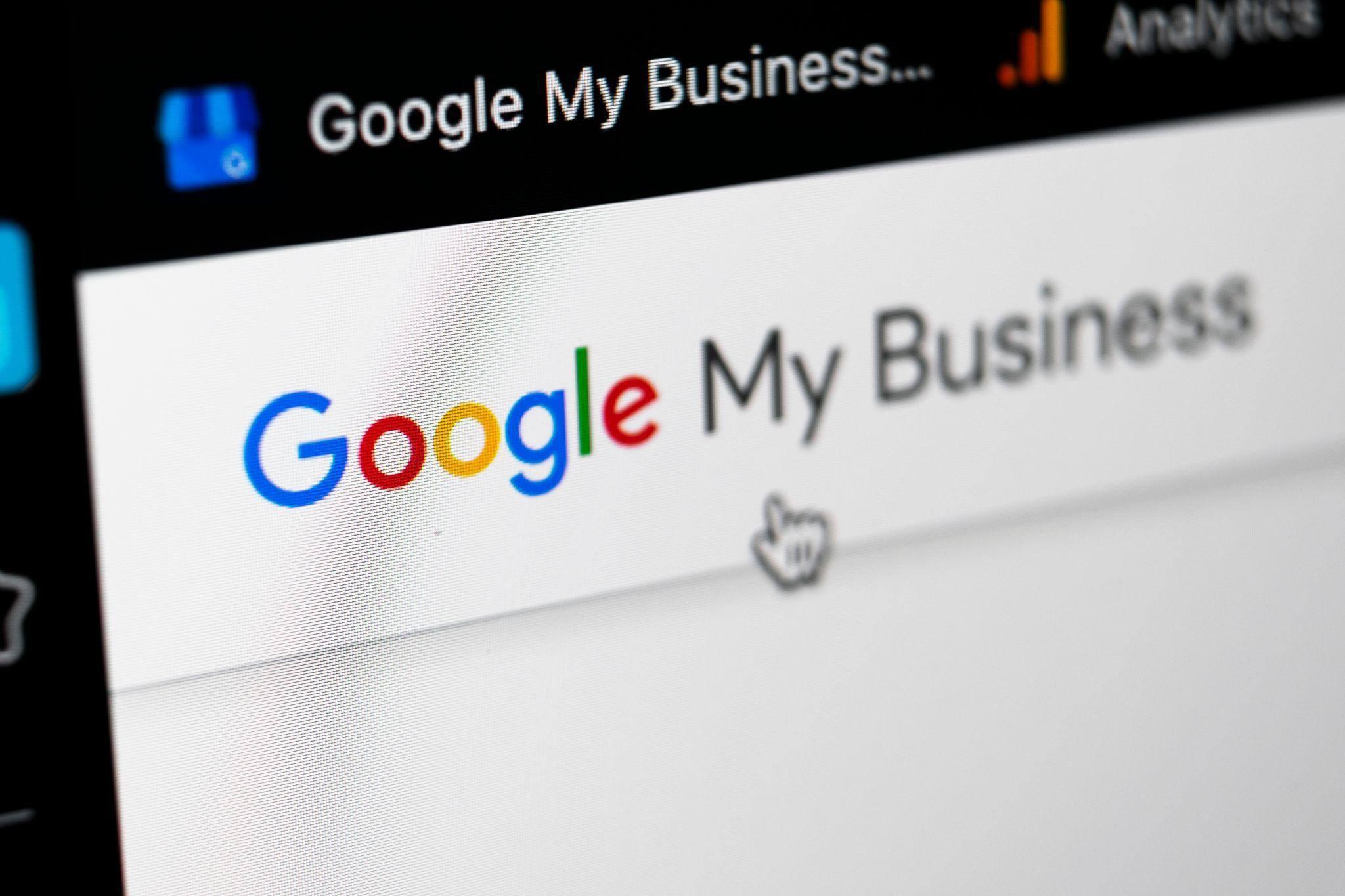Dans le secteur de la mode, avoir une vitrine physique bien agencée ne suffit plus. Aujourd’hui, la première impression d’un client se fait souvent en ligne, via une simple recherche sur Google. C’est là qu’intervient Google My Business (désormais appelé Profil d’établissement Google), un levier incontournable pour développer votre visibilité locale et générer du trafic en boutique.
For independent merchants, brand designers and ready-to-wear retailers, a well-optimized listing can make all the difference. It attracts the attention of nearby customers, inspires confidence and facilitates immediate contact.
At MicroStore.app, we support fashion professionals with concrete tools to accelerate their growth. In this article, discover how to turn your Google listing into a powerful channel for local visibility – without an advertising budget.
1. Why optimizing your Google listing is essential for a fashion boutique

Before we talk about optimization, let’s get back to basics: what’s the real use of a Google My Business listing in your business as a fashion retailer?
When a customer types in a query like “women’s clothing boutique in Lyon”, the first results they’ll see aren’t websites… but Google listings. These listings contain key information: address, photos, opening hours, directions, reviews and even publications. In short, they help you stand out locally right from the results page.
It’s a free tool, but an extremely powerful one for capturing attention, reinforcing your credibility and triggering a physical visit. All the more so as 76% of local searches lead to an in-store visit within 24 hours.
2. Create or claim your Google listing: the essential basis

Before you can optimize anything, you first need to take control of your listing. If you haven’t already done so, go to https://www.google.com/intl/fr_fr/business/, then follow the steps to create or claim your listing.
You’ll need to fill in several essential details:
- The exact name of your brand
- The store’s full physical address
- An active telephone number
- Your opening hours
- Link to your e-commerce site or profile
Once this information has been validated, Google will ask you to confirm that you are the owner by means of verification (usually by post).
Make sure you use the same name everywhere (Google, shop window, business card, social networks). This consistency enhances your credibility and helps you get listed.
3. Choose the right categories to target the right searches

Once your listing has been activated, you’ll need to select your main category. This information is crucial: it guides Google to display your establishment on the most relevant queries.
For a fashion boutique, here are a few examples of possible categories:
- Women’s clothing boutique
- Ready-to-wear store
- Fashion accessories boutique
- Shoe store
- Textile wholesaler (if you sell B2B)
You can also add secondary categories (alterations, wholesale, etc.). But be careful: it’s better to be precise than generalist. Targeting the right terms will enable you to come up with highly qualified searches, at the right time.
4. Illustrate your business with quality visuals

A listing without visuals is like a store without a window. Photos are often the first element consulted by Internet users.
You should therefore publish images that reflect :
- Your storefront (clean, legible, bright)
- The interior of your boutique (atmosphere, layout, fitting rooms…)
- Your flagship products (clothes worn, collections staged)
- Seasonal novelties (e.g. summer, winter, sales…)
Well-presented visuals inspire trust and visual appeal, and generate more interaction (clicks, calls, visits). In fact, Google favors regularly updated listings. So don’t hesitate to update your photos every month.
5. Writing an engaging, strategic description

Once the images have been published, concentrate on your site description. This short text (up to 750 characters) must be appealing, while naturally integrating the right keywords for local SEO.
Recommended structure :
- Present your business (type of store, location)
- Briefly describe your offer and services
- Add a human touch (personalized advice, warm welcome, exclusive collections…).
Example:
“Independent women’s ready-to-wear boutique in Nantes, specializing in chic casual wear and ethical brands. New collections every week, personalized advice, on-site fittings. A unique downtown shopping experience.”
This text plays a dual role: it speaks to Internet users… and to Google’s algorithms.
6. Enhance your reputation with customer reviews

Having a visible Google listing is great. But having a well-rated listing is even better.
Customer reviews have a massive influence on purchasing decisions. They are a powerful form of social proof, especially when they are recent, numerous and accompanied by comments.
For easy harvesting :
- Embed a QR code or notification link in your bags, invoices or e-mails
- Ask orally at the end of the sale (especially if the exchange was positive)
- Offer a discount or a symbolic gift as an incentive
Don’t forget to respond to reviews, even negative ones. A well-written response shows your seriousness and commitment. And it’s also visible in Google results.
7. Boost your profile with regular publications

Did you know that you can publish content directly to your Google listing? It’s a feature that’s still under-used, but extremely relevant for keeping your customers informed.
Recommended post types :
- New collection announcement
- Launch a promotion or private sale
- Participation in a trade show or pop-up store
- Practical information (exceptional closures, sales, arrivals…)
These publications are displayed in your listing for 7 days. One weekly publication is enough to show Google (and your customers) that you’re active and responsive.
8. Keep your information up to date all year round

An often overlooked, yet crucial point: updating information.
Regularly check your opening hours, special opening days, exact address (including GPS point) and available services (delivery, click & collect, mobile payment…).
Incorrect information can lead to frustration and even negative reviews. Conversely, a reliable listing inspires confidence and increases the likelihood that a customer will visit you.
9. Use statistics to refine your strategy

Once your listing is active, Google provides you with a dashboard containing a wealth of data:
- Number of views of your listing
- Searches that triggered your appearance
- Number of clicks, calls, itineraries requested
- Days and hours of operation
These indicators enable you toassess what’s working (or not), and adjust your messages or visuals according to peak periods (sales, back-to-school, holidays, Ramadan, etc.).
Bonus: How to appear on “near me” searches without cheating

Many Internet users type in expressions like “clothing store near me” or “fashion boutique near me”. These are high-potential queries, as they convey an immediate intention to buy.
At one time, some companies were deliberately adding “near me” to their listing to artificially boost their ranking in the results. Google was quick to penalize this practice.
Here are 4 legitimate ways to appear in “near me” searches:
- Use expressions of proximity in your descriptions
Examples: “in the heart of downtown Marseille”, “2 minutes from the Croix-Rousse market”, “close to the Bastille metro station”. - Define your catchment area in Google My Business
You can specify the towns or districts covered by your business. This allows Google to display you on local queries even if they don’t mention your main town. - Publish geolocated content regularly
Examples: “New models available this week in our Toulouse boutique”, “Special arrival in Roubaix”. - Encourage your customers to mention their location in their reviews
Examples: “Boutique top dans le quartier Saint-Michel”, “Trouvée en recherche près de moi, je recommande!”
These signals reinforce the local context of your listing, enhancing your presence in nearby searches.
Conclusion
Google My Business is a free, easy-to-use, yet formidably effective lever for developing the visibility of a fashion boutique at local level.
By optimizing your form with the best practices described here, you can :
- Attract more customers to your store
- Improve your brand image
- Increase your in-store sales without advertising
Don’t wait for your competitors to get ahead of you. Take a few hours to structure your profile, and connect it to your other professional tools.
And to take things a step further, discover how MicroStore.app and MyFashionWholesaler.com can help you simplify your day-to-day management, strengthen your positioning and gain access to new, reliable suppliers.
You now have all the keys you need to make your store stand out… exactly where your customers are looking for you.



